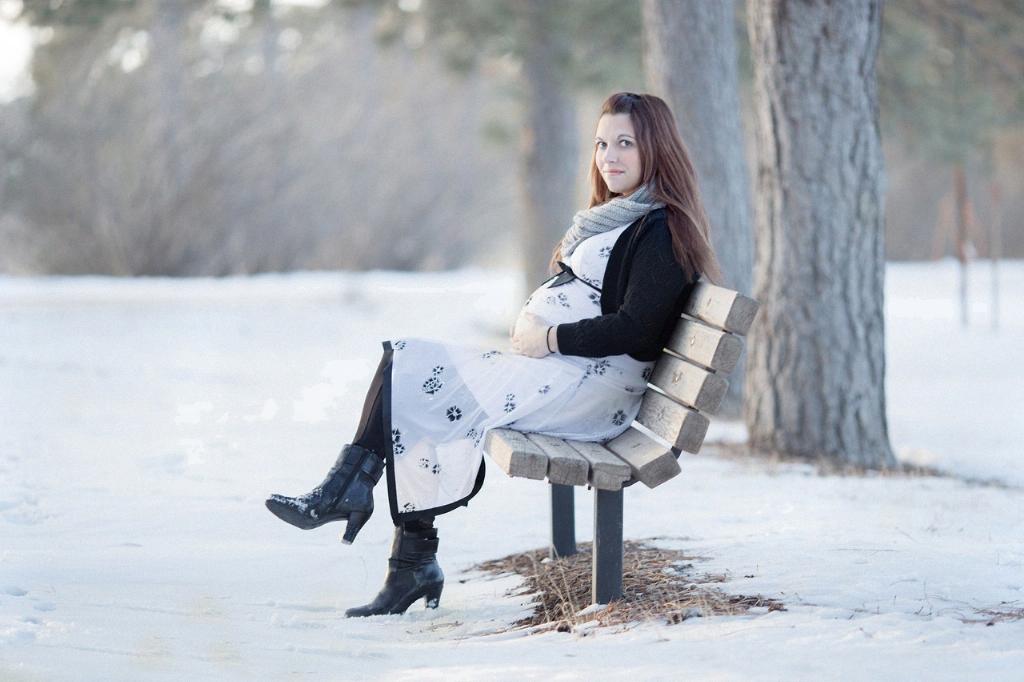During pregnancy, it’s essential to be mindful of your body’s limitations, especially when it comes to lifting heavy objects. Understanding the warning signs that indicate you may have lifted something too heavy can help prevent strain and potential complications. Here are some key factors to consider:
Pain or Discomfort
If you experience pain or discomfort while lifting, or shortly after lifting an object, it could be a clear sign that the weight was too heavy for you to safely manage. Pain should never be ignored, particularly during pregnancy, as it can indicate strain on your body.
Difficulty Breathing or Straining
Struggling to lift an object without holding your breath or exerting excessive force on your pelvic floor muscles can be a red flag that the weight is too much for you to handle. It’s important to listen to your body and avoid putting undue pressure on yourself.
Improper Lifting Technique
Another indicator that you may have lifted something too heavy while pregnant is the inability to maintain proper lifting technique. If you find yourself bending incorrectly, using your back instead of your legs, or twisting while lifting, you may be overexerting yourself.
Consult Your Healthcare Provider
When in doubt, always consult your healthcare provider before lifting heavy objects during pregnancy. They can provide personalized advice based on your health condition and stage of pregnancy, helping you determine safe lifting limits.
Listen to Your Body
One of the best ways to avoid lifting something too heavy while pregnant is to listen to your body. Tune in to any warning signs such as discomfort, shortness of breath, or muscle strain, and adjust your lifting practices accordingly.
Ask for Help
Don’t hesitate to ask for help when lifting heavy objects, especially as your pregnancy progresses. Enlist the support of family members, friends, or colleagues to assist you with lifting tasks that may be too strenuous for you.
Avoid Lifting from Awkward Positions
Avoid lifting objects from awkward positions, such as reaching high above your head or twisting your body while lifting. These movements can put added strain on your muscles and joints, increasing the risk of injury.
Use Proper Lifting Techniques
When lifting objects, remember to squat down using your legs, keep the object close to your body, and lift with your legs rather than your back. Using proper lifting techniques can help distribute the weight more evenly and reduce the risk of strain.
Take Breaks
Take regular breaks while lifting heavy objects to prevent overexertion. Listen to your body’s cues and avoid pushing yourself beyond your limits. Pace yourself and give yourself time to rest between lifting tasks.
Stay Hydrated and Well-Nourished
Stay hydrated and well-nourished to support your body’s strength and energy levels while lifting objects during pregnancy. Proper hydration and nutrition can help prevent fatigue and improve your overall physical capabilities.
Avoid Lifting Heavy Objects Altogether
If in doubt, err on the side of caution and avoid lifting heavy objects altogether during pregnancy. Prioritize your health and safety, and enlist the help of others for tasks that require heavy lifting or strenuous physical exertion.
Conclusion
It’s crucial to be aware of the warning signs that indicate you may have lifted something too heavy while pregnant. By paying attention to your body’s cues, using proper lifting techniques, and seeking assistance when needed, you can protect yourself and your baby from unnecessary strain and injury.

